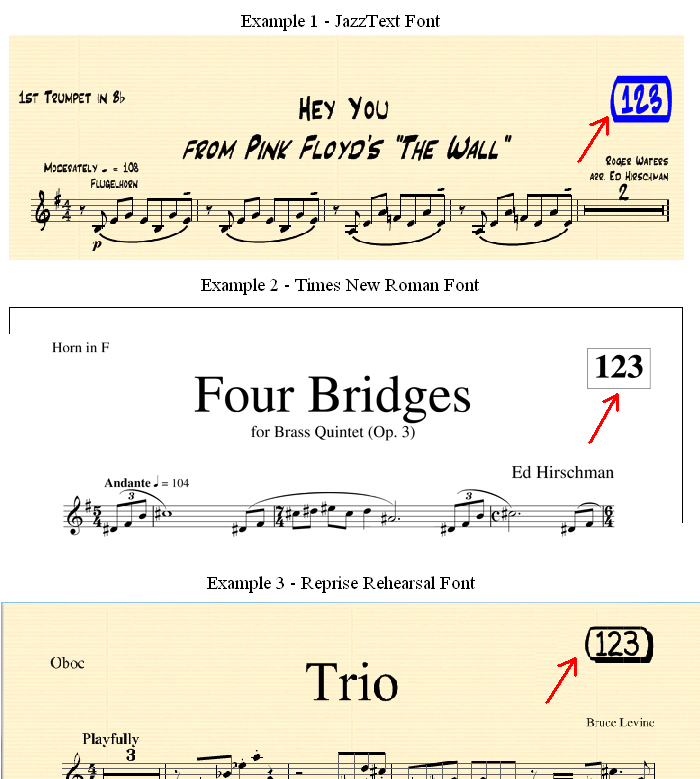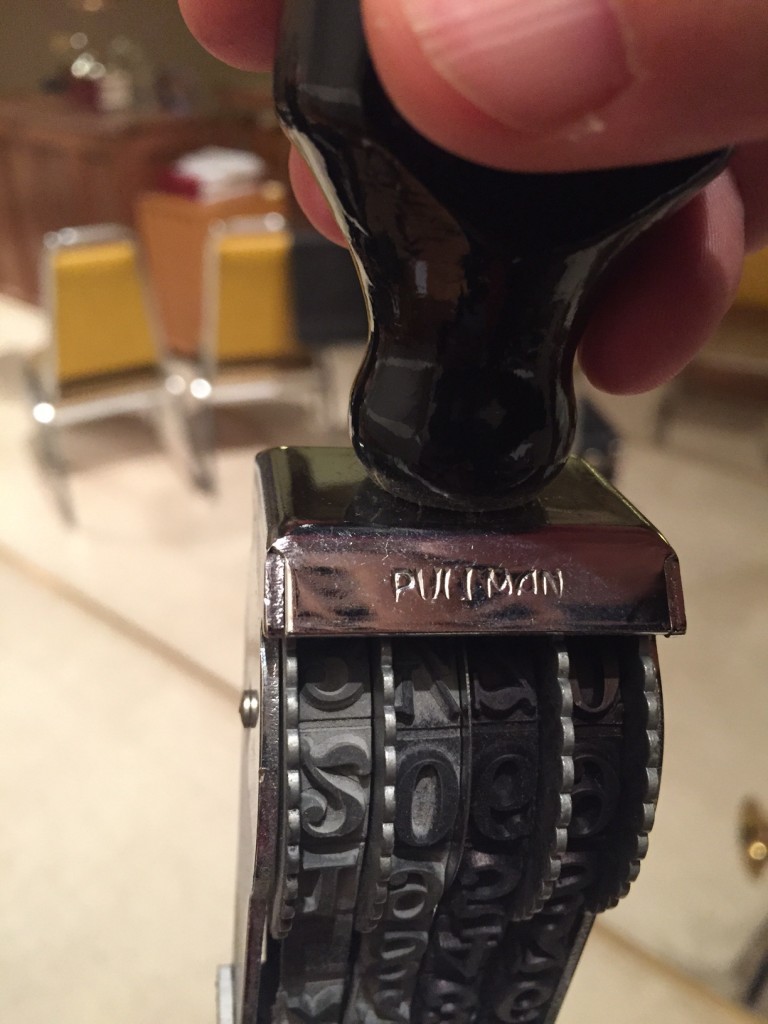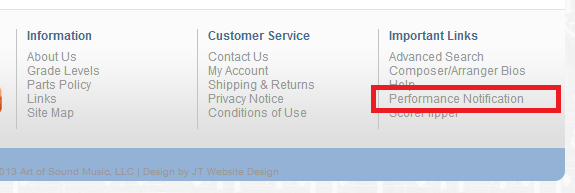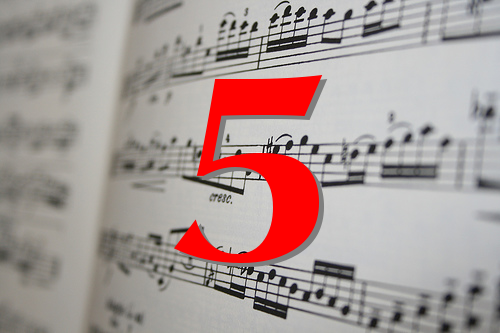-

Determining Arrangement Profitability
I previously wrote about how to obtain permission to arrange a copyrighted work. However, I didn’t discuss IF you should pursue it, and merely advised that “you need to see if their deal makes financial sense to you.” Today I’ll discuss how to determine the profitability of arranging a copyrighted work, by walking through a made up example modeled in Microsoft Excel. At the bottom you’ll find a link to download the example as an Excel spreadsheet, that you can use to evaluate almost any licensing scenario.
Let’s Get Started
We’ll start at the point in the process right after the copyright administrator has sent a contract to sign with their deal terms (3 year limit, etc.), and I need to decide if I should sign the contract or not. In this made up example the work I’ll be arranging is Lady Gaga’s “Poker Face” for Bassoon Quartet.
Cells with a yellow background are where I will type in my information; all other cell values will be conveniently populated by Excel formulas. Although this post is a bit long, the process below only takes about 5 minutes to complete!
Title Block

Title Block
- Title: Enter the title and instrumentation
- Sales Period: Since this is a 3 year deal, I entered 3 here.
- Average Discount to Resellers: If you sell some or all of your works through a reseller (e.g. Sheet Music Plus) put in the discount percentage off the consumer price that the reseller pays to you. For example, if the end customer pays $10.00 and you sell it to the reseller for $7.50, here you put in (10-7.5)/100= .25 or 25%. If you only sell directly to performers, enter zero.
- Hours to prepare: Estimate of the total hours it will take to arrange, engrave, prepare program notes, update web pages/products, read/sign the contract, etc. for “Poker Face”.
Transaction Costs
The section calculates the overall estimated cost of accepting payments such as Credit Card, Paypal, Check, POs and “Store Fees”.

Transaction Costs
- Total Sales: Enter all sales subject to transactions fees for a given prior period, say last year.
- Total Transactions Costs: Put the total transaction related fees you paid during the same period, including credit card processing fees, store fees, gateway fees, etc.
- Transactions Costs %: This is your average cost of accepting payments. If you are new to selling and have no historical sales and costs data to reference, you can overwrite the calculation and type in your own estimate here, say anywhere from 2-10%.
Revenue
There are four covering the most common sales possibilities…

Revenue
- Sales Quantity: The estimated copies sold in the period. If you don’t plan to sell a particular “Type”, enter 0 in that row.
- Type: “Soft Copy/PDF” are sold electronically and printed by the customer. If you don’t plan to sell this Type for this arrangement, enter 0 in the Sales Qty field. Hard copies are traditionally printed scores. Note that some copyright administrators will not allow Soft Copy/PDF sales of any type.
- Channel: “Self” are arrangements sold by you directly to the musician with no company/middleman in between (e.g. Retail or Direct sales). “Reseller” is when you sell to a company (e.g. Sheet Music Plus), and they in turn sell the arrangement to a musician. Typically you get less for Reseller sales than Self sales.
- Average Revenue Per Unit: How much YOU will get on average when these items sell, considering any price changes, different configuration/instrumentations, etc. If you want to keep it simple, enter the current price. If you don’t sell products of this type, enter $0.00.
- Extended price: Calculated for you as is the total revenue across all sales methods.
- Example: I expect to sell 10 PDF copies @ $14.20/ea. and 6 Hard Copies @ $18.00/ea. directly to musicians, and 0 through resellers.
Costs
Detailed Transaction Fees
This section allows you to get more specific (if you wish) with transaction costs previously entered in the Transaction Costs section. I kept things simple and accepted the 7.5% value it gave.

Detailed Transaction Fees
- Fixed cost per sale (Self): When you sell directly to a musician, if you’re charged a fixed price per transaction (say $0.10), enter that here.
- Percent of Revenue Per Unit (Self): When you sell directly to a musician, if you’re charged a percentage of the sales price, enter that here (or keep the auto calculated value).
- Fixed cost per sale (Reseller): Same as above, but for selling to a Reseller.
- Percent of Revenue Per Unit (Reseller): Same as above, but for selling to a Reseller.
Licensing Fees
Gaga’s people drive a hard bargain! They’ve offered you a 3 year licensing deal, where you pay them 15% of the selling price for each copy sold and guarantee a minimum payment of $50 ($16.67/year), even if you sell no copies…and after 3 years, you are not allowed to sell any more.
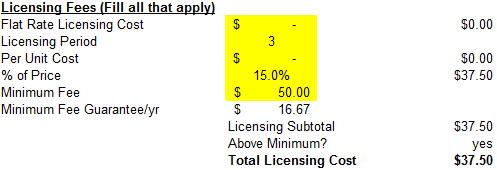
Licensing Costs
- Flat Rate Licensing Cost: A fixed cost regardless of how many copies are sold.
- Licensing Period: In years. Enter 5 if there is no specified term.
- Per Unit Cost: A fixed price for EACH copy sold.
- Percent of Price: A percentage of the selling price for each copy sold.
- Minimum Fee: A minimum guarantee regardless of how many copies sold.
- Minimum Fee Guarantee Per Year: The minimum divided by the licensing period.
- Licensing Subtotal: The sum of all calculated costs.
- Total Licensing Cost per year: If the Minimum Fee is larger than the Licensing Subtotal, it will show the Minimum Fee here.
- Example: Gaga offered me a 3 year deal @ 15% of selling price with a $50.00 minimum spread across that time.
When you use the spreadsheet to analyze your deal, enter values for all items that apply and zeros where they don’t.
Commission Costs
If you plan to pay someone to arrange the work or to use sales agents, enter those costs here. This section is similar to the licensing section in terms of possibilities In this example, I am the arranger and won’t use sales agents, so all values are zero.

Commission Fees
- Flat Price: Lump sum payment to the arranger.
- Price per year: Flat Price divided by the selling period.
- Commission per Unit per year: Price per year divided by copies sold.
- Percent of revenue per Unit (Soft Copy/PDF) : A percentage to the arranger or sales agent for each soft copy sold.
- Percent of revenue per Unit (Hard Copy) : A percentage to the arranger or sales agent for each hard copy sold.
Print Costs and Cost Summary

Commission & Transaction Costs
Many of the values here are copied in from prior sections.
Print Cost Per Unit: A place to enter your printing costs. Here my print costs are expected to be the same for Self and Reseller sales. If you don’t play to sell hard copies at all, set those to zero.
Example: I used $3.15 as my print price. Yours could be higher or lower depending on the number of pages, page size, cover type, how it is printed, volume discounts, etc.
The Profitability of Arranging a Copyrighted Work
After all of that hard work, we finally get to see our profitability!
PROFIT $34.97/Hr. Avg. Profit/Unit $10.93 Gross Margin: 69.9% Total Profit $174.85
This deal looks pretty good from all financial perspectives:
- Profit Per Hour: The profit divided by time spent. Depending on other factors this can be inspiring or depressing. Remember, the minimum wage you can get flipping burgers is $7.25/hr!
- Average Profit Per Unit: What you’ll take home per copy sold after considering all costs.
- Gross Margin: Profit divided by gross revenue. To learn more about the significance of gross margin, click here.
- Total Profit: The amount you’ll deposit in the bank at the end of the sales period, after all costs are paid.
If the results for your own arrangement are quite not as good, the problem may be with your overall business, not just that particular arrangement. Some of the options you have are to:
- Reduce printing costs by printing in bulk, changing your printing supplier or eliminating hard copy sales altogether.
- Try to increase your market so you can sell more copies.
- Arrange for a more popular instrumentation to increase your addressable market.
- Find a less expensive way to host your store or take payments.
- etc.
Even if you only arrange for the love of it, you shouldn’t be in the habit of taking a loss to do it. However some not so profitable arrangements can be useful when viewed as part of a portfolio and as a way to attract customers to some of your other pieces.
Coda
I hope that this approach to understanding profitability of arranging licensed works was helpful. As you can see, you don’t need to have a Masters degree in Economics to see if a deal is worth doing, but it is helpful to understand a few financial concepts.
You can download my Arrangement Profitability Calculator which contains the example I went through above. Edit the values in the spreadsheet to analyze your own deals.
Happy and profitable arranging!
Notes
- This model ignores shipping (assumed to be “a wash”)
- Ignores taxes off all kinds including VAT
- Can be used for any currency
- The spreadsheet can be used to forecast profitability (as I demonstrated) or to calculate actual profitability retrospectively.



